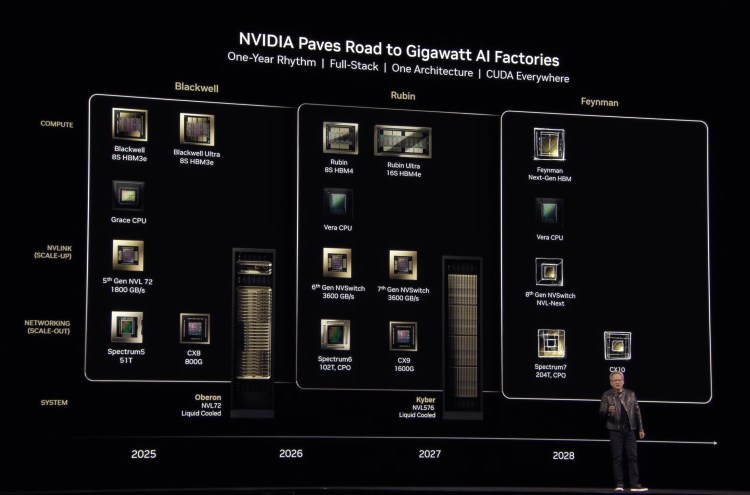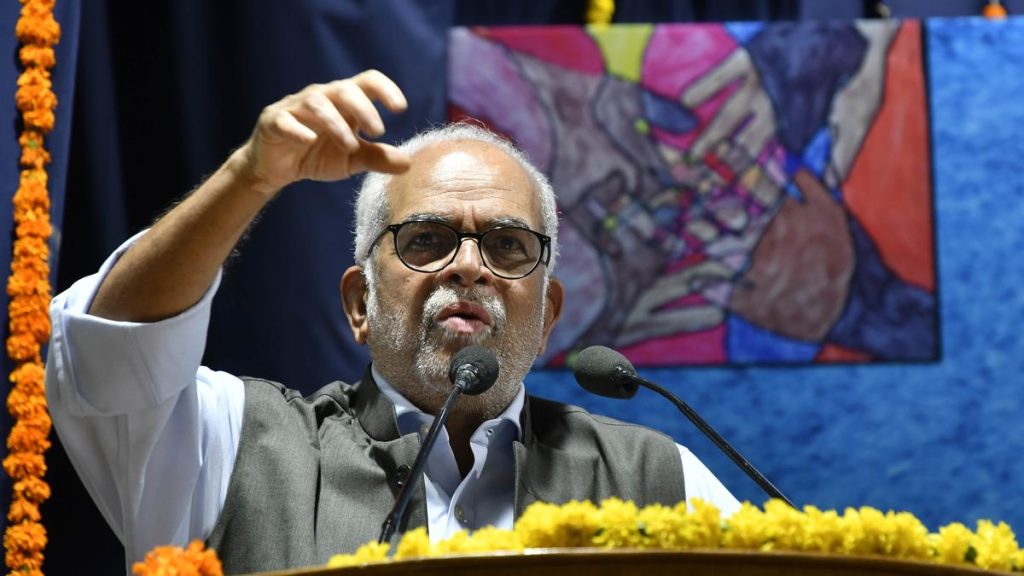Now Reading: Nvidia’s Dominance Reshapes AI Landscape
-
01
Nvidia’s Dominance Reshapes AI Landscape
Nvidia’s Dominance Reshapes AI Landscape

quick Summary
- Nvidia’s AI Dominance: Nvidia leads in AI hardware wiht advantages in memory, networking, chip supplies, ramp-up speed, adn cost efficiency. Competing companies need a 5x leap in performance or efficiency to rival Nvidia.
- GPT-5 Feedback: Dylan Patel critiques OpenAI’s GPT-5 as disappointing for advanced users due to slower response times and less computational power than predecessor models. OpenAI optimized for efficiency but sacrificed power for high-end users.
- Business Models: Anthropic focuses on B2B (API/cloud services), while OpenAI relies heavily on consumer subscriptions without effectively monetizing free users. Future strategies include integrating payment systems into AI operations like e-commerce agent actions.
- Custom Silicon Trends: Concentrated players like Google (TPUs) and Amazon (Trainium chips) are scaling custom silicon production; Microsoft’s efforts lag behind competitors. Silicon startups are booming despite challenges due to AI demand growth; new players must outperform Nvidia by notable margins to compete effectively.
- Data Center Challenges: Issues like power management exist but are secondary to building data center infrastructure quickly enough for expanding demand.
- China’s Approach: Chinese provinces ban inefficient chips while Huawei lags technologically; external rentals dominate amid ongoing regulatory restrictions.
Images included depict trends in the silicon chip industry growth, financial statistics of major companies, and technical schematics.
Indian Opinion Analysis
Dylan Patel’s insights emphasize several pivotal themes shaping the future of global AI infrastructure that bear relevance for India as it develops its own digital ecosystem under initiatives like “Digital India” or semiconductor self-reliance roadmaps such as ISRO-SCL collaborations.
India should watch Nvidia’s dominance closely as its GPU leadership forms the foundation of much global AI innovation today. This underscores how India’s current drive toward semiconductor manufacturing requires partnerships not only focusing on fabrication capacity but also R&D engagement at scale-to replicate such end-to-end ecosystems robustly and avoid long-term reliance on imports.
Similarly, discussions around custom silicon adoption highlight rising competition from hyperscalers-a timely reminder of why India must encourage its local IT titans like Infosys/TCS/WIPRO further into vertically integrated designs using domestic supercomputing + ML platforms beyond software-only project solutions layers abroad teams abroad



























